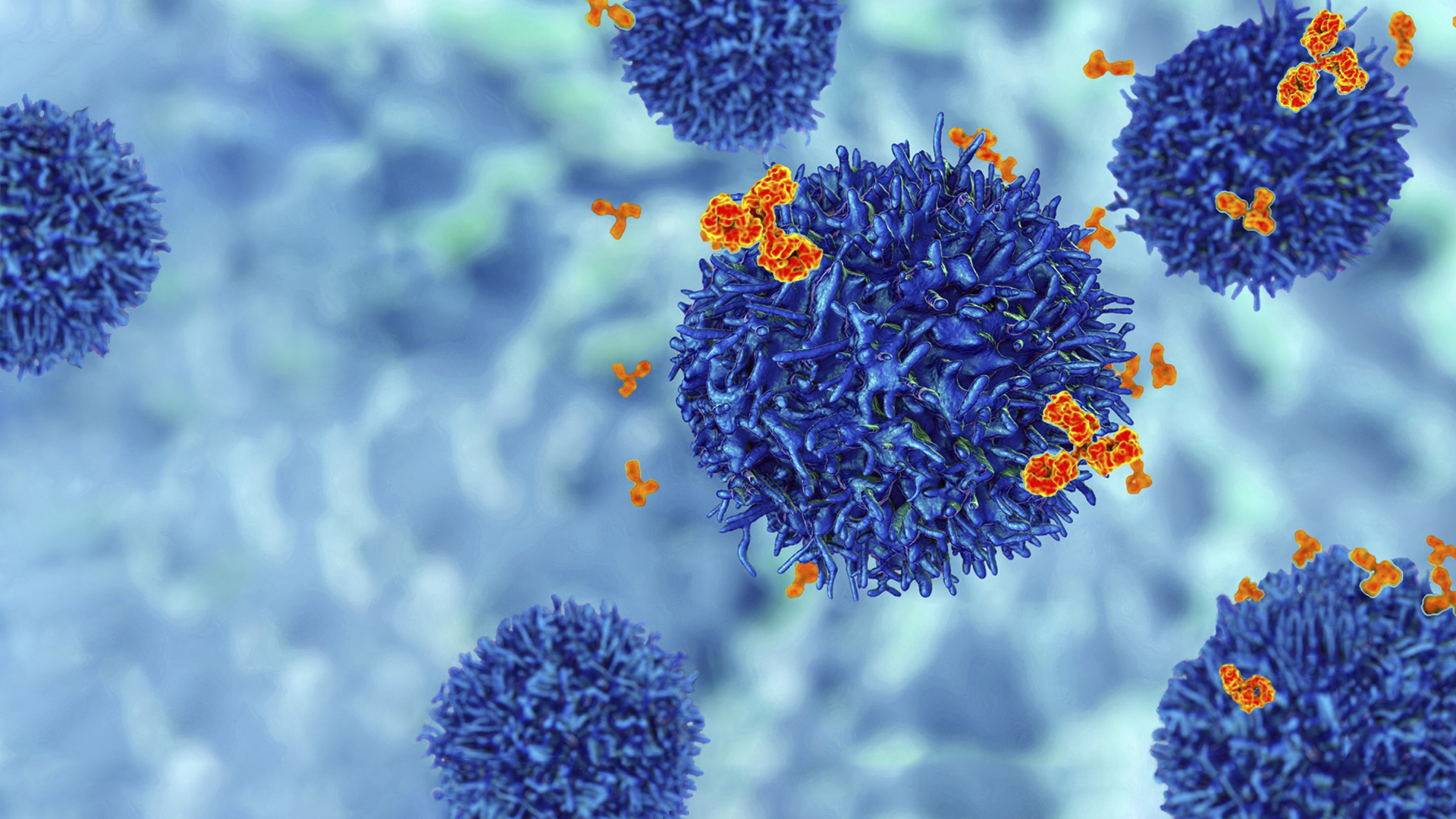
Market overview
4.5 billion USD
The estimated size of Faron’s MDS market in 202810
321 billion USD
The size of global cancer drug market in 20283
112 billion USD
The estimated market size in 2033 for treatments targeting cancer that is non-responsive to immune checkpoint inhibitors9
operational environment
Cancers are one of the leading causes of death globally, and the burden of cancer is estimated to increase. By 2050, over 35 million new cancer cases are projected, representing a 77% increase from the estimated 20 million cases in 2022. This rapidly growing global cancer burden reflects both an aging and growing population, along with changes in exposure to risk factors, many of which are tied to socioeconomic development. Tobacco, alcohol, and obesity are major contributors to the rising cancer incidence, with air pollution remaining a critical environmental factor.1
The growth in the burden of cancer is accompanied by an increase in drug spending, as more patients are treated with new types of medications that yield improved clinical outcomes2.
Cancer drug markets are expanding rapidly
The global cancer drug market is projected to reach $217 billion by 2024, and it is expected to grow to $321 billion by 2028, with a compound annual growth rate (CAGR) of around 10% between 2024 and 20283.
A significant driver of this market growth is immune checkpoint inhibitors4, whose current sales exceed $40 billion5. The first approved anti-PD-1 checkpoint inhibitor, Keytruda, is forecasted to become the world’s top-selling drug by 2028, with expected sales surpassing $30 billion6,7.
However, while checkpoint inhibitors represent a significant breakthrough in cancer treatment, their limited response rates across many tumor types pose a challenge for broader clinical use8. The market for treating cancers unresponsive to checkpoint inhibitors is estimated to be valued at $112 billion by 20339, partially overlapping with the target market for Faron’s Clever-1 antibody drug candidate, bexmarilimab.
Global pharmaceutical giants seeking emerging biotechnology companies
In the current market dynamic, smaller, innovative biomedicine companies focus on early-stage discoveries and development and are driving innovation. Larger, more established pharmaceutical companies often license or acquire these innovations at later development stages to access new drug candidates more efficiently. This model allows large pharmaceutical companies to continuously expand their pipeline with promising, cutting-edge therapies without directly investing in the initial, high-risk research phases.
| Indication/Cancer types | Patients (8MM) | Market size (11 2024, $B | Market size (11 2030, $B |
| Sarcoma | 85 801 | 0.20 | 1.5 |
| DLBCL and TCL | 125 903 | 5.7 | 12.1 |
| ER+/HER- | 789 367 | 24.3 | 41.7 |
| NSCLC | 1 523 899 | 35.8 | 59.9 |
| Melanoma | 214 301 | 9.4 | 12.9 |
| Gastric/stomac | 240 350 | 1.7 | 4.0 |
Sources:
1 WHO 2024, Global cancer burden growing, amidst mounting need for services.
2 IQVIA The Global Use of Medicines 2024 – Outlook through 2028. Press Release.
3 Evaluate Pharma 2024, Sales by Indication.
4 Dhasmana et al. 2023.
5 Evaluate Ltd. 2024. Long-term Outlook 2023-2028.
6 Alexander 2016.
7 Evaluate Pharma WORLD PREVIEW 2022. Outlook to 2028: Patents and Pricing.
8 He & Xu 2020.
9 Future Market Insights Report – Checkpoint Inhibitor Refractory Cancer Market Snapshot (2023 to 2033).
10 Evaluate Pharma 2024, Sales by Indication
11 Evaluate, Worldwide Indication Sales by Year ($B), 8MM = 8 major markets
